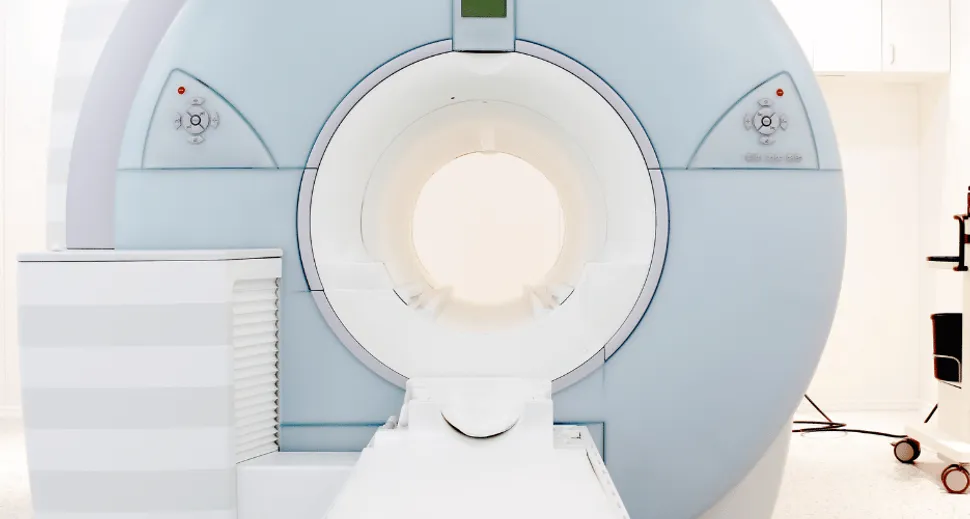Clinical Trial: Better Imaging to Track Myeloma Precursor Condition Bone Damage

A new way of running imaging tests to detect bone damage caused by multiple myeloma is in development at Memorial Sloan Kettering Cancer Center.
Multiple myeloma can destroy the bones with focal and diffuse lesions. Using traditional x-rays to detect bone damage or myeloma activity in the bone is worthless because there has to be destruction of 30 to 50% of the bone, sometimes up to 70%, before you see anything on X-ray.
More sophisticated imaging is needed, not only at the beginning to assess the disease, but also to assess the response and to see how much disease is left after standard treatment.
A new imaging agent called [68Ga]-pentixafor can be given during a PET scan and can light up the expression of myeloma cells to target a receptor called CXCR4. CXCR4 encourages tumor growth in several types of cancers, including multiple myeloma.
About the Study
The Phase I study aims to determine how much of the agent should be given during PET/CT scans for people with monoclonal gammopathy of undetermined significance (MGUS), smoldering multiple myeloma (SMM), and non-Hodgkin lymphoma (NHL).
In the study, the agent [68Ga]-Pentixafor will be administered by IV prior to a PET/CT scan. The goal of the study is to understand the uptake (or how well it lights up myeloma cells) during the PET/CT scan. This is then calculated into a standard uptake value (SUV) over one year.
For more information about the study, click here.
How We Can Help
If you need assistance finding or joining clinical trials, please contact our Patient Navigator support team at 1-800-709-1113 or at support@healthtree.org
Did you know you can find more clinical trials in HealthTree Cure Hub?
Create a free account at healthtree.org, complete your profile and click on "Clinical Trials" in the left navigation to find trials that meet your search criteria.
A new way of running imaging tests to detect bone damage caused by multiple myeloma is in development at Memorial Sloan Kettering Cancer Center.
Multiple myeloma can destroy the bones with focal and diffuse lesions. Using traditional x-rays to detect bone damage or myeloma activity in the bone is worthless because there has to be destruction of 30 to 50% of the bone, sometimes up to 70%, before you see anything on X-ray.
More sophisticated imaging is needed, not only at the beginning to assess the disease, but also to assess the response and to see how much disease is left after standard treatment.
A new imaging agent called [68Ga]-pentixafor can be given during a PET scan and can light up the expression of myeloma cells to target a receptor called CXCR4. CXCR4 encourages tumor growth in several types of cancers, including multiple myeloma.
About the Study
The Phase I study aims to determine how much of the agent should be given during PET/CT scans for people with monoclonal gammopathy of undetermined significance (MGUS), smoldering multiple myeloma (SMM), and non-Hodgkin lymphoma (NHL).
In the study, the agent [68Ga]-Pentixafor will be administered by IV prior to a PET/CT scan. The goal of the study is to understand the uptake (or how well it lights up myeloma cells) during the PET/CT scan. This is then calculated into a standard uptake value (SUV) over one year.
For more information about the study, click here.
How We Can Help
If you need assistance finding or joining clinical trials, please contact our Patient Navigator support team at 1-800-709-1113 or at support@healthtree.org
Did you know you can find more clinical trials in HealthTree Cure Hub?
Create a free account at healthtree.org, complete your profile and click on "Clinical Trials" in the left navigation to find trials that meet your search criteria.

about the author
Eduardo Franco
Eduardo Franco is an International Medical Graduate who Joined HealthTree in 2020 as part of The Patient Experience team. He reads the patient’s medical records and compares them with the information reported by patients on Healthtree so we can have the most exact information on our platform. He is a martial arts practitioner, drummer and avid reader.
More on Clinical Trials
Trending Articles
Upcoming Events




Get the Latest Multiple Myeloma Updates, Delivered to You.
By subscribing to the HealthTree newsletter, you'll receive the latest research, treatment updates, and expert insights to help you navigate your health.
Together we care.
Together we cure.
3x Faster.













